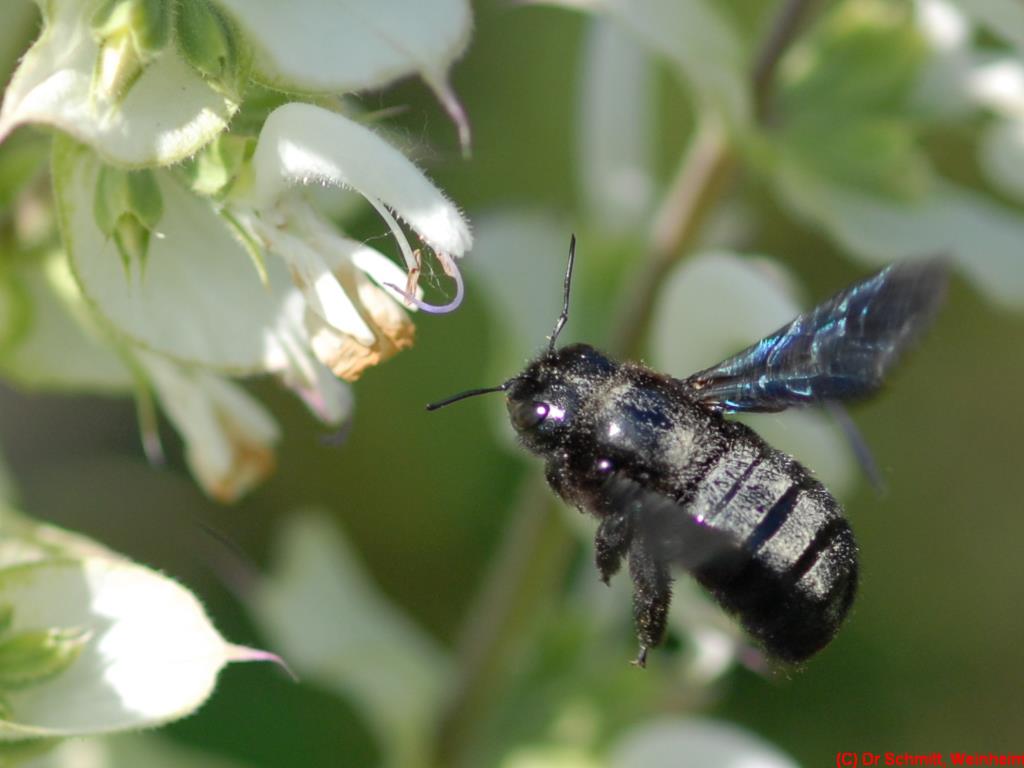Dr Klaus Schmitt
Well-known member
Just preping and testing, so some output here for your - hopefully - viewing pleasure...
The 375-390nm group (violet UV reflection):
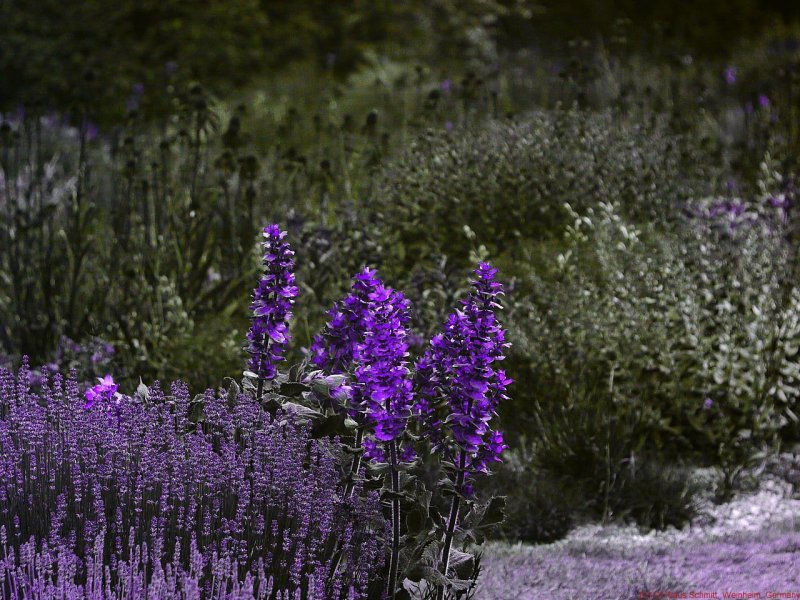
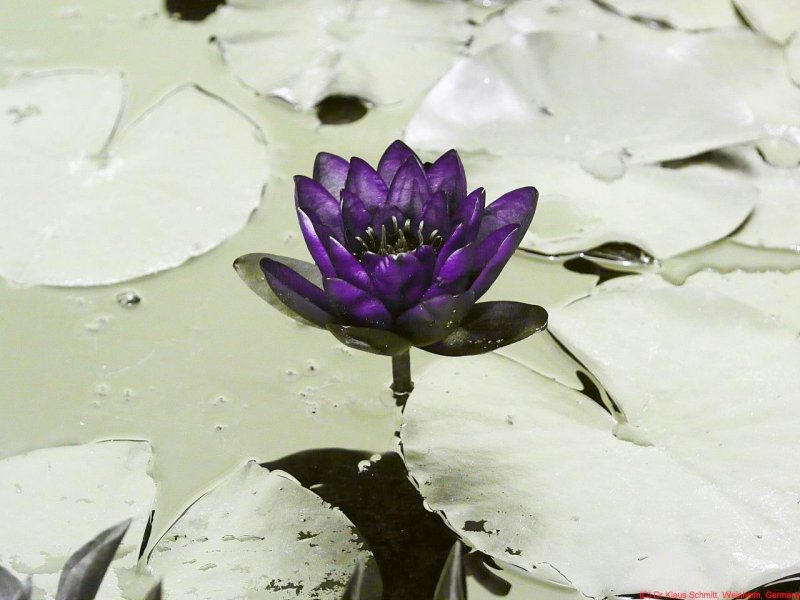
The 350-370nm group (yellow UV reflection):
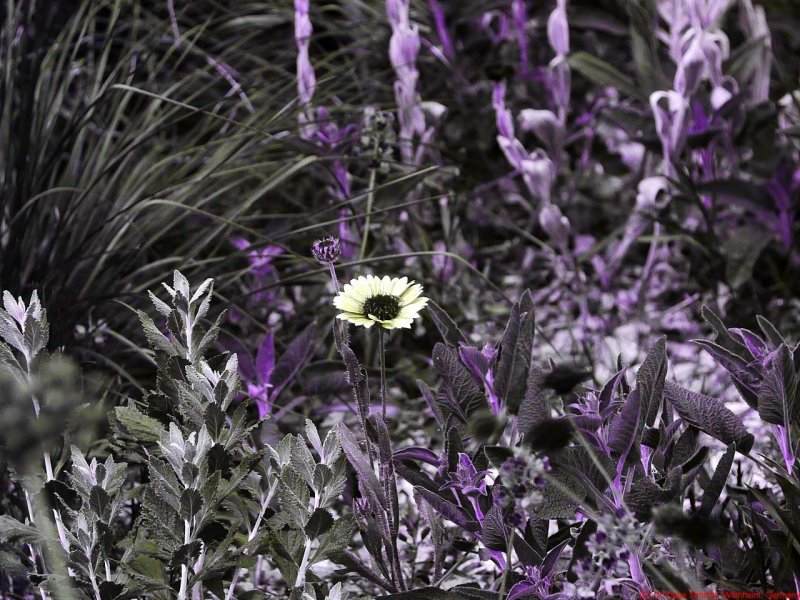
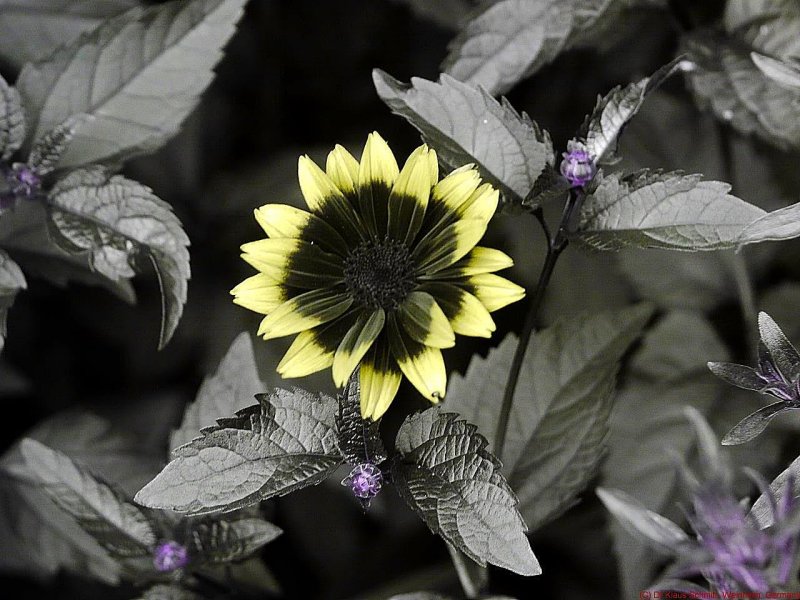
That 2nd shot, a Helianthus tuberosus (in female state) image is quite interesting, as the full blooming flower shows a 350-370nm reflection, whereas the younger buds one in the 375-390nm range. Obviously there are stages in UV reflections I would assume.
[excuse the little motion blur in some images, it was quite windy today...]
The 375-390nm group (violet UV reflection):


The 350-370nm group (yellow UV reflection):


That 2nd shot, a Helianthus tuberosus (in female state) image is quite interesting, as the full blooming flower shows a 350-370nm reflection, whereas the younger buds one in the 375-390nm range. Obviously there are stages in UV reflections I would assume.
[excuse the little motion blur in some images, it was quite windy today...]


